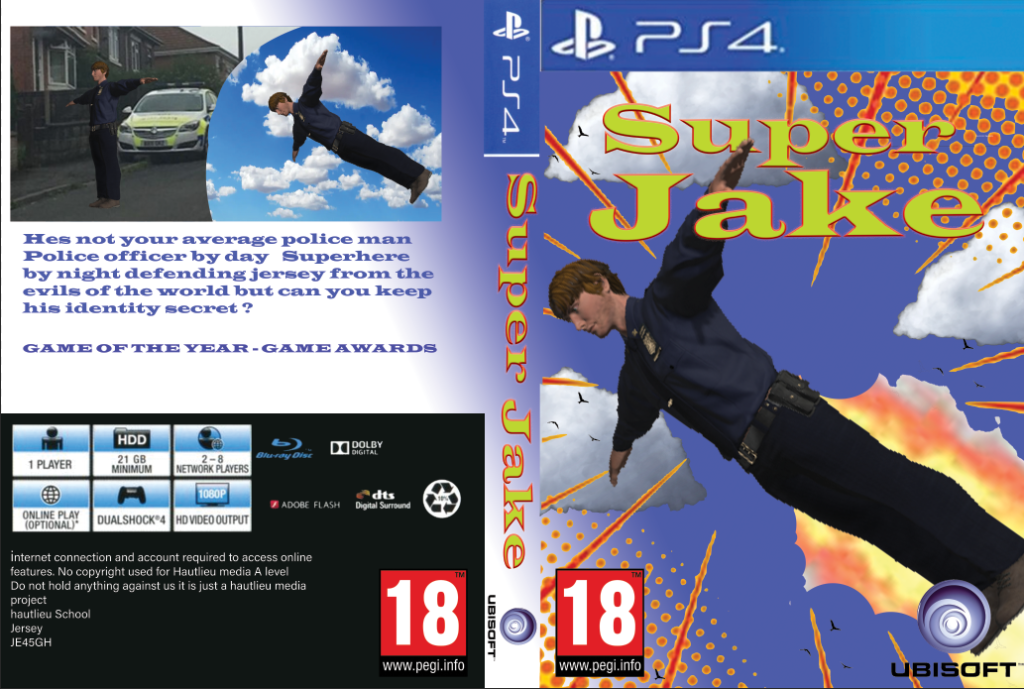Male gaze-the perspective of a notionally typical heterosexual man considered as embodied in the audience or intended audience for films and other visual media, characterized by a tendency to objectify or sexualize women.
Voyeurism – an interest in observing unsuspecting people while they undress, are naked, or engage in sexual activities.
Patriarchy-Society in which men are dominant and hold power and women don’t.
Positive and negative stereotypes- encourages a certain attitude on how we see things and how things are accepted on not accepted.
Counter-types- a positive stereotype and emphasizes the positive features about a person.
Misrepresentation – The action or offence of giving a false or misleading account of the nature of something.
Selective representation- when groups of people/ things are represented/highlighted more then others.
Dominant ideology- values and beliefs in a group or social majority.
Constructed reality- the way we present ourselves to other people is shaped partly by our interactions with others, as well as by our life experiences.
Hegemony – Leadership or dominance, especially by one state or social group over others.
Audience positioning-Audience positioning refers to the techniques used by the creator of a text to try to get the audience to understand the ideology of the text.
Constructed reality – The term social construction of reality refers to the theory that the way we present ourselves to other people is shaped partly by our interactions with others, as well as by our life experiences.
Negotiated identity– refers to the processes through which perceivers come to agreements regarding the identities that targets are to assume in the interaction.
Collective identity– refers to all the affective aspects deriving from belonging to certain groups with which adolescents identify themselves and which place them within certain social categories such as ethnicity, nationality, or gender.
Fluidity of identity– Having a fluid identity means having the ability to change how you see yourself, the world, and your actions.
Constructed identity– individuals’ sense of belonging to a group.

